13 things you didn't know about It's a Wonderful Life
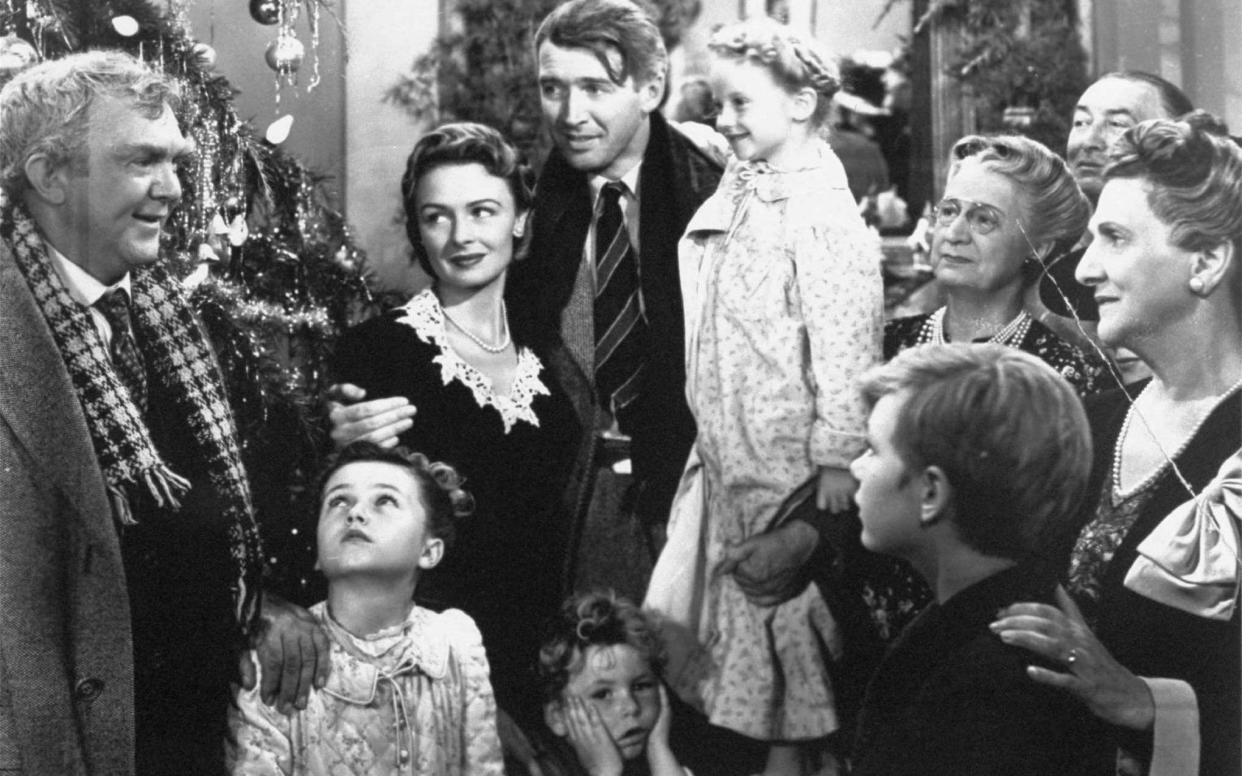
It's a Wonderful Life has become a staple of Christmas television programming the world over. More than seven decades after its release in US cinemas, Frank Capra's story of a suicidal man (James Stewart) and his nearly too-late appreciation of his sleepy, small-town existence has burrowed its way into the public consciousness as a festive feel-good classic.
But the black-and-white classic didn't have such auspicious beginnings – and Capra wound up making a few enemies during its production. It's a Wonderful Life has inspired people to bicker over whether their American small-town is the inspiration for Bedford Falls or not; while its youngest star, Karolyn Grimes, is among the small minority calling for a sequel – despite still dining out on the success of a role she took aged five.
As It's a Wonderful Life graces the small screens in households around the country, here are the things you may not know about it:
It's a Wonderful Life started out in a Christmas card...
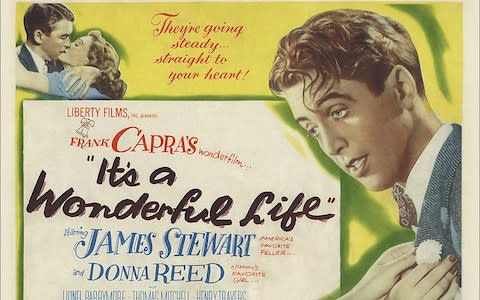
The film is based on a short story by Philip Van Doren Stern, a writer and historian who was moved to write after having a dream based on Charles Dickens's A Christmas Carol. He called it The Greatest Gift, and the plot follows a very similar path to that of It's A Wonderful Life.
It took him four years to write 4,000 words, and when he finally finished, in 1943, he struggled to find a publisher. Instead, Stern printed 200 copies himself and sent them to friends as a Christmas card that December. One of them fell into the hands of David Hempstead, a film producer, who showed it to Cary Grant. Grant fancied himself in the lead role, and Hempstead's production company bought the film rights in April 1944.
But this overnight success wasn't to last: The Greatest Gift proved too troublesome to turn into a successful screenplay, despite the efforts of several writers. In 1945, Capra's company, Liberty Films, snapped up the rights for $10,000, and Capra worked his magic – changing its name to It's a Wonderful Life in the process.
... although Capra never thought of it as a Christmas film
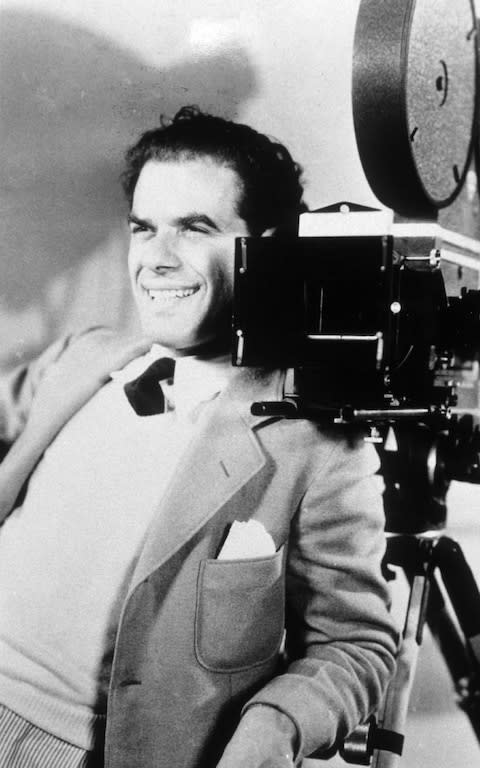
Main character George Bailey may have decided to end it all on Christmas Eve, but Capra always thought of the film in broader terms than that. Speaking to The Wall Street Journal in 1984, the director said: "I didn't even think of it as a Christmas story when I first ran across it. I just liked the idea."
It didn't do well at the box office
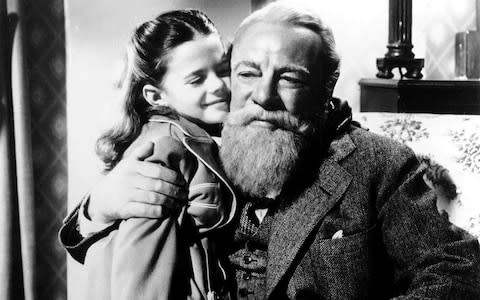
In fact, it was somewhat of a Christmas turkey. The film's success rather mirrored that of the book: although some critics were warm in reviews, Capra's main memory of It's a Wonderful Life's critical reception was a major lambasting. Worse, the punters weren't tempted, either. The film made a loss of $525,000, although it's interesting to note it did better in the box office charts than Miracle on 34th Street.
It's a Wonderful Life gained better recognition at the Oscars (producers had budged its release date from January 1947 to December 1946 to make it eligible for the race), earning five nominations for Best Picture, Best Director, Best Actor (Stewart), Best Film Editing and Best Sound Recording. But it was snubbed at each turn, missing out to The Best Years of our Lives in four of the five categories.
But it thrived on television
It's a Wonderful Life was considered such a flop by the studio that they let its copyright lapse. This meant that, by the Seventies, there was a festive Frank Capra film available for networks to screen for free – as much of a godsend during the Christmas break for television programmers as Clarence Oddbody was for George Bailey.
And It's a Wonderful Life was duly screened. As film historian Leonard Maltin recalled to Vanity Fair: “I remember one Christmas Eve when it was in the public domain, my wife and I played TV roulette with it. We literally kept changing channels and came upon it in different stage of its progress. And you can’t not watch. You can’t turn it off.”
It took Karolyn Grimes three decades to see it

One of the people who found It's a Wonderful Life easy to resist was Karolyn Grimes, otherwise known as ZuZu, the ringletted youngest daughter in the Bailey Family. She didn't first watch it until 1979 – 34 years after she delivered that final, heartstring-pulling line ("every time a bell rings an angel gets his wings"), but has now seen it more than 500 times.
Grimes didn't exactly have the time to enjoy festive film merriment: she was orphaned at 15, and sent to live with her strictly religious aunt and uncle by court order. She married, divorced, and raised two children singlehandedly after her second husband died in a hunting accident. Her third husband (who had three children of his own, as well as a further two with Grimes) died of cancer, shortly after her son committed suicide as a teenager.
In fact, the former child star only became aware of her fame when journalists started door-stepping her for interviews once the film started being shown incessantly on television. “They kept knocking at my door wanting an interview,” she recalled. “I did this over and over again, and pretty soon, I started getting fan mail.”
The resurgence in It's a Wonderful Life's popularity has somewhat transformed Grimes's own. Since the mid-Nineties she has made a living appearing at film screenings, writing an It's a Wonderful Life cookbook and selling memorabilia.
Capra burned bridges making the film
It's a Wonderful Life may have imbued the feeling of goodwill and positivity into the hearts of millions, but Capra didn't instill much in those he was making the film with. First up, screenwriter husband-and-wife duo Frances Goodrich and Albert Hackett, whom Capra had signed up to adapt Doren Stern's book. They found out that Capra had asked Jo Swirling, another screenwriter and a "close friend" of the couple, to re-write their pages without their knowledge – a move that is technically against the Screen Writers Guild.
Capra went on to call Frances "my dear woman", an inadvisable move. As Albert said in an interview quoted in The New York Times:
Frank Capra could be condescending and you just didn't address Frances as 'my dear woman.' When we were pretty far along in the script but not done, our agent called and said, 'Capra wants to know how soon you'll be finished.' Frances said, 'We're finished right now.' We put our pens down and never went back to it.
The couple were left so irate by the situation – Capra went on to meddle with the script further as well as bring in additional writers – that they made a point of claiming to have never seeing the film. But come the Seventies, even they couldn't escape, and wound up watching it on television.
Oscar-winning score composer Dimitri Tiomkin also fell out with Capra, despite It's a Wonderful Life being the sixth collaboration between the pair. Having read the script and meeting with Capra, Tiomkin devised a richly bleak and surreal score, that picked up on Americana traditions. Capra, however, found it too depressing and cut several pieces of Tiomkin's music, and pared down and moved others. Tiomkin would later refer to it as "an all around scissors job" in his autobiography.
However, the director maintained good relations with Jimmy the raven
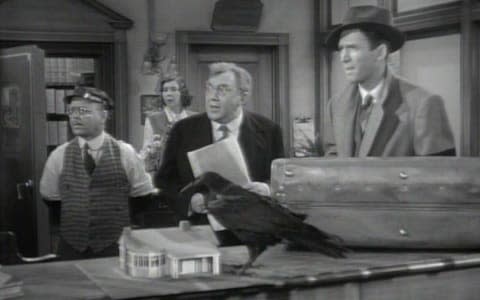
Capra first used Jimmy the raven, a wildly prolific avian actor, in his 1938 film You Can't Take it With You and cast him in every picture he made subsequently. In It's a Wonderful Life, Jimmy the raven played Uncle Billy's pet, kept at the Building & Loan. James Stewart, in particular, was a fan: "When they call Jimmy, we both answer," he remarked while filming, calling the bird "the smartest actor on set".
The set contained 20 full-grown oak trees
The wintertide classic was actually made in late spring in Culver City, California, on the remnants of a four-acre set for the 1931 film Cimarron. Bedford Falls was constructed out of a 300-yard main street, complete with 75 stores and buildings, and a residential neighbourhood. There was a working bank built and 20 fully grown oak trees were planted. To make the set look more convincing, pigeons, cats and dogs were invited to roam through it.
There's a dispute about the town that was thought to have inspired Bedford Falls
The picturesque Seneca Falls in New York state has proudly stated its association to Capra's film since the mid-nineties, when a local reporter made the connection: there's a well-established tourism industry around "the Real Bedford Falls", with a festival and museum dedicated to the film. However, a dispute rages at the heart of the pretty town as to whether Capra really was inspired by Seneca Falls or not.
The evidence supporting their claim includes a story from the town's barber, who claimed he cut Capra's hair in 1945. The director allegedly asked about the town and a plaque on one of its bridges, dedicated to Antonio Varacalli, a local who drowned saving the life of a woman who jumped off it.
However, Jeanine Basinger, who wrote a book about the film, declares the notion "utter nonsense", and has found no evidence of Seneca Calls being referenced in Capra's diaries or any of the film's production materials. She never heard Capra mention the town.
Lionel Barrymore liked a drink on set – apparently

Speaking in 2013, Grimes admitted that Lionel Barrymore, who played the villainous Mr Potter, wasn't much fun to be around on set: “He was a bit crotchety. But you know, he had rheumatoid arthritis... He did a little nipping here and there with his little flask and that’s the way it went. It was pretty typical in those days and there were a lot of them on that set that did it.”
He also lost a cow-milking bet
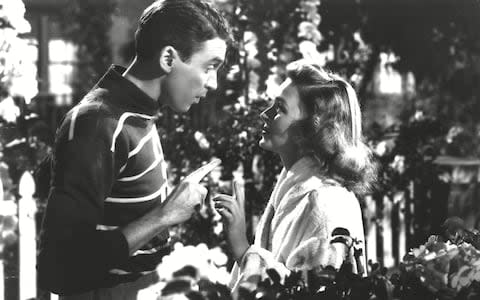
Part of the charm of casting Stewart and Donna Reed as George and Mary Bailey was that both had grown up in small-town America. Reed was born Donna Belle Mullenger and grew up the eldest of five children on a farm in Iowa. Barrymore didn't believe her when she claimed she could milk a cow, and challenged her to prove it: she promptly did, calling the subsequent $50 prize money (somewhere near $670 in today's terms) the easiest money she ever made.
Capra received hate-mail over his treatment of Mr Potter
While Barrymore may have been nursing his empty pockets, no such fate befell his character, Mr Potter, who successfully swindled the Baileys out of at least $8,000 and got away with it. One requirement of the film Production Code at the time was that criminals receive punishment for their crimes – something that Capra broke with It's a Wonderful Life. The director later said that he received more post on the matter than any other aspect of the film.
And the FBI weren't impressed either

It's a Wonderful Life was identified by Ayn Rand as one of the more pernicious threats to Americanism, and the film was subject to an investigation for communist beliefs by the FBI and the House Un-American Activities Committee (HUAC). They found that George Bailey's story contained several subversive tendencies, including "demonising bankers" and "attempting to instigate class warfare", and was "written by Communist sympathisers".
This article was first published in 2016.

